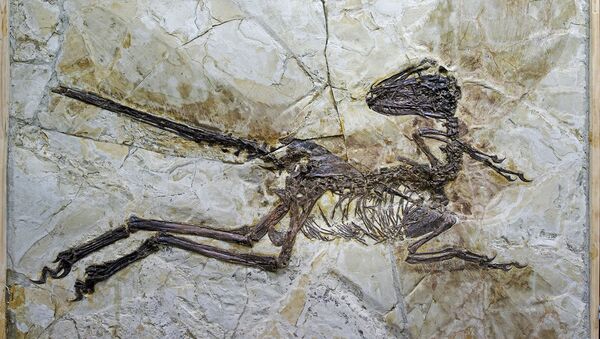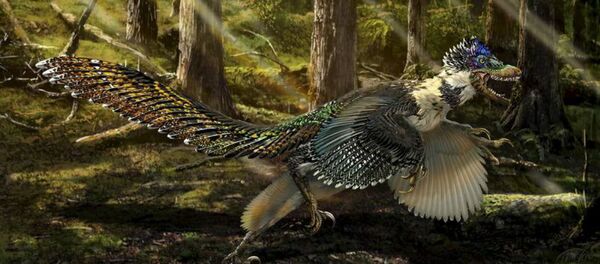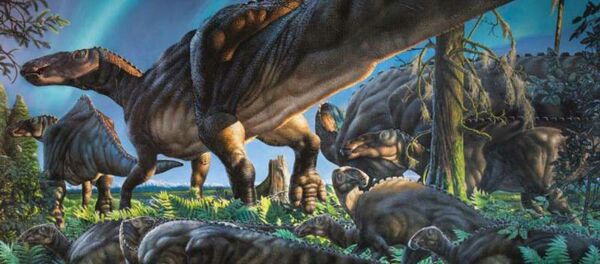The discovery supports other research that dinosaurs were neither warm- nor cold-blooded, and that body temperature varied amongst species.
“The temperatures we measured suggest that at least some dinosaurs were not fully endotherms (warm-blooded) like modern birds,” said the study’s lead author Robert Eagle of the University of California Los Angeles (UCLA), “They may have been intermediate — somewhere between modern alligators and crocodiles and modern birds.”
A great debate amongst paleontologists for over a century has revolved around whether dinosaurs were warm blooded endotherms like mammals, or cold-blooded ectotherms like modern reptilia.
Warm blooded animals need to eat a lot to stay warm, necessitating hunts or eating plants.
“If dinosaurs were at least endothermic (warm-blooded) to a degree, they had more capacity to run around searching for food than an alligator would,” Eagle said.
Eagle’s team examined the chemical makeup of the shells of 19 fossilized eggs from two types of dinosaur, found in Argentina and the Gobi Desert of Mongolia. One was a giraffe-necked sauropod titanosaur, amongst the largest animals to ever exist on Earth; the other, a relatively smaller oviraptorid, related to the Tyrannosaurus Rex and today’s birds. They examined the behavior of two rare isotopes in calcium carbonate, one of the main ingredients in egg shells. The carbon-13 and oxygen-18 isotopes tend to cluster together more closely the colder the temperature.
“This technique tells you about the internal body temperature of the female dinosaur when she was ovulating,” said Eagle’s colleague, Aradhna Tripati. “The oviraptorid dinosaur body temperatures were higher than the environmental temperatures — suggesting they were not truly cold-blooded but intermediate.”
The titanosaur sauropods mother’s body temperature was around 38 degrees Celsius, or 100 degrees fahrenheit. The smaller oviraptorid was below 32 celsius. The fossilized soil of the Gobi desert near where they discovered the oviraptorid had been measured at around 26 celsius.



